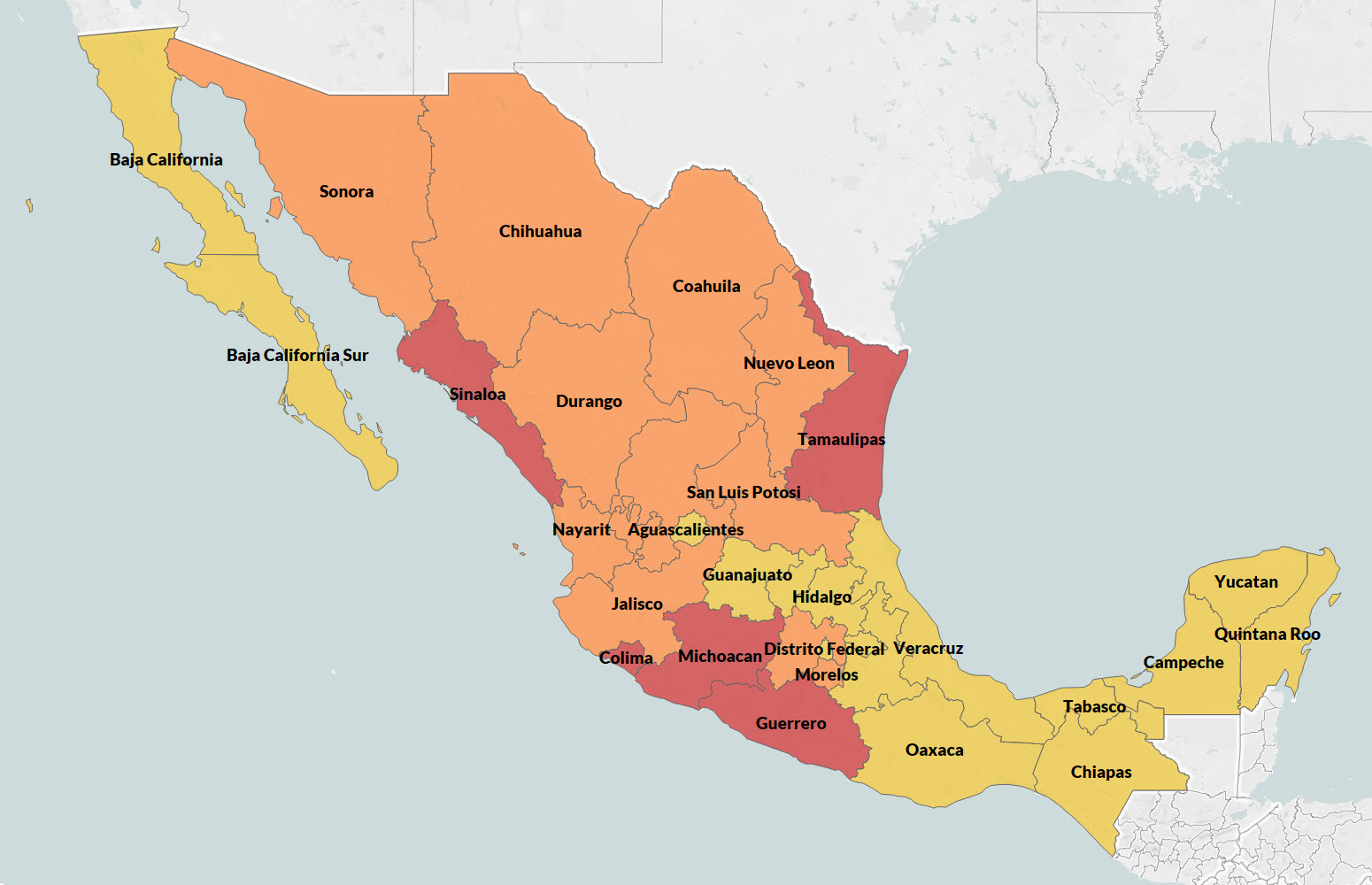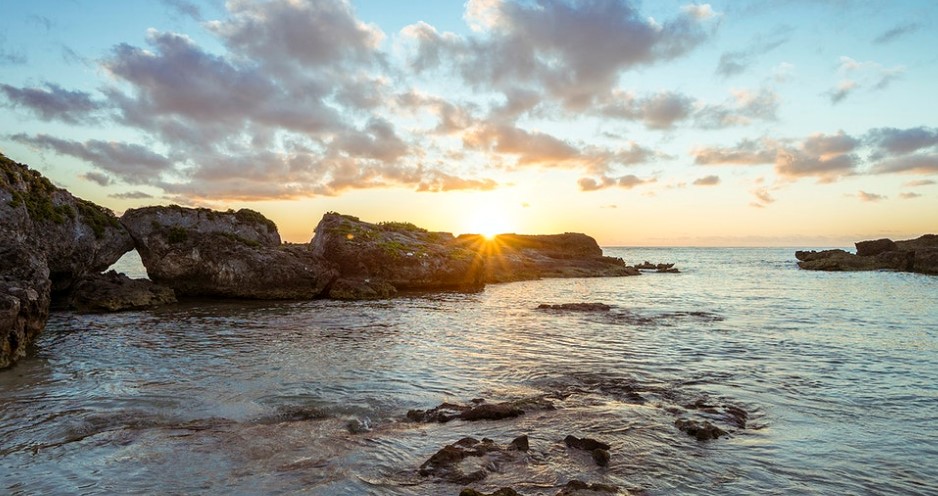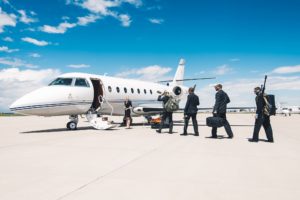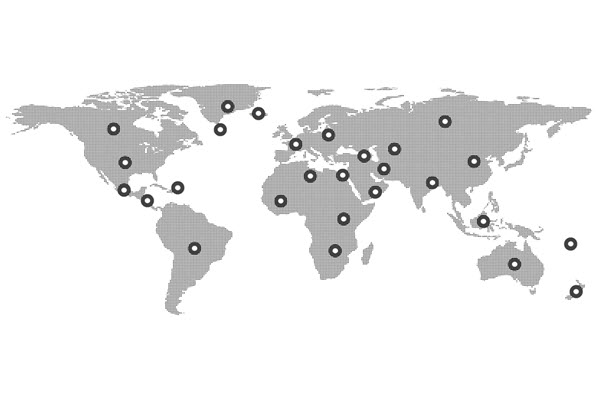Is It Safe to Travel to Mexico?
Mexico’s vibrant festivals, delicious cuisine, rich heritage sites, and balmy beaches are just some of the reasons why it’s a top holiday destination for many. Nonetheless, the country has reported rising cases of violent crime, including robbery, carjacking, kidnapping, and homicide. In light of this, the question on most travelers’ minds is – Is it safe to travel to Mexico?
Mexico’s location, south of the US border, has been a haven for powerful criminal gangs smuggling marijuana, heroin, cocaine, methamphetamines, and other illicit drugs into the US. Within the country itself, rival gangs battle for drug cartel areas in Mexico to gain control over popular drug-smuggling routes.
If you end up in any one of these crime hotspots, you face a high risk of getting kidnapped, or worse, murdered. With that in mind, here’s everything you need to know before you travel to Mexico.
How Safe Is Mexico
The US State Department has issued a Level 3 travel advisory to individuals traveling to Mexico. Here’s what the different levels mean.
US Department of State Travel Advisory Levels
| LEVEL 1 - Exercise normal precautions | This represents the lowest level of security and safety risk. |
| LEVEL 2 - Exercise increased caution | This level requires travelers to be aware of heightened security and safety risks in those particular territories. |
| LEVEL 3 - Reconsider travel | This level represents serious security and safety risks; the US Department of State urges travelers to reconsider travel to areas classified as such. |
| LEVEL 4 - Do not travel | This level represents the highest risk level; individuals traveling to these countries face higher-than-average, life-threatening risks to their security and safety. |
The State Department’s travel advisory rating is based on the increased crime and kidnapping risk in Mexico, as well as the ever-rising cases of COVID-19.
The Level-4 Advisory States in Mexico to Avoid at All Costs
Below is a list of the regions within Mexico that the State Department has issued a Level-4 do-not-travel advisory due to the high crime and kidnapping risk in those areas.
- Colima state – Gang activity and violent crime is widespread in this area, particularly within Tecoman.
- Guerrero state – The region has several militia groups that operate independently of the Mexican government.
- Michoacán state – The area has widespread crime and violence.
- Sinaloa state – Several powerful criminal organizations are based in the state.
- Tamaulipas state – The region has high levels of Mexican cartel violence, including kidnappings, extortion, carjacking, armed robbery, and gun battles, particularly in Ciudad Victoria and along the northern border.
The Level-3 Advisory States in Mexico to Reconsider Travels
The following regions within Mexico have a Level-3 reconsider-travel advisory due to the high reported crime rates.
- Chihuahua state – Gang activity and violent crime are common, most of which are targeted assassinations against members of rival criminal organizations.
- Coahuila state – The area has unpredictable gang activity particularly in Ciudad Acuña and Piedras Negras.
- Durango state – Gang activity and violent crime are common in several parts of the state.
- Jalisco state – Metropolitan Guadalajara, in particular, has seen frequent territory control battles between rival criminal groups, resulting in several shooting incidents, as well the infamous Mexican cartel beheading of 2019.
- Mexico state (Estado de Mexico) – There’s a high occurrence of violent crime in areas that are not frequented by tourists, although there are reports of petty crime in tourist destinations as well.
- Morelos state – Gang activity and violent crime are common in certain parts of the state.
- Nayarit state – Gang activity and violent crime are common in Tepic and San Blas.
- Nuevo Leon state – The region has a high prevalence of unpredictable gang activity and violent crime.
- San Luis Potosi state – The area has had several reports of kidnappings and unpredictable gang activity.
- Sonora state – Many international human-trafficking and drug-smuggling networks use the state as a key location for their operations.
- Zacatecas state – The region has widespread gang activity and violent crime, particularly in the municipality of Fresnillo.
Mexico Travel Advisory Map
(Source: US Department of State)

What About Other Regions in Mexico?
Violent crimes such as robbery, carjacking, kidnapping, and homicide are widespread in all parts of the country, and are reflected in the interactive travel advisory map. The states we’ve listed above simply have much higher crime rates. They pose a higher risk to your security and safety.
Keep in mind, as well, that the US government cannot offer emergency services to its citizens traveling to or residing in various high/medium risk areas in Mexico. This is because travel to these crime zones by US government personnel is significantly restricted or prohibited entirely by the Mexican government.
This means that if you travel to these states, you’re pretty much on your own. The next best option would be to enlist the help of private security personnel who are well-versed in search, rescue, and evacuation activities in high-risk zones.
How Safe Is Cancun
Cancun is a popular resort destination known for its stunning beaches and tropical party atmosphere. It is also the gateway to the historic Maya Riviera, home to the world-famous Maya ruins and ancient relics.
As you would expect with any area that’s a tourist hotspot, Cancun has its fair share of scammers and petty thieves. The influx of tourists to the region also means more drug-trafficking, which, in turn, leads to increased cartel activity.
While the city may not have the high crime rates seen in other parts of Mexico, it is still a long way from what would be considered “safe” — especially if you are wealthy. There have been a few cases of Americans kidnapped in Mexico while heading to or from top vacation destinations across the country. The crime rates in these cities have been on a slow rise as the Mexican cartels make a bigger push for these resort destinations.
Just a few years ago, a military base was set up in Cancun to curb the rising number of homicides in the region. However, more often than not, this brand of Mexican violence is usually gang-related and not necessarily targeted at foreign nationals or tourists. While there is still the possibility of getting caught up in the crossfire, Cancun, for the most part, has not had any significant travel advisories from the US, UK, or any other government.
While Cancun is not 100% safe, it is a lot safer than other cities across Mexico. You should still exercise safety precautions if you intend to make it your next vacation destination. However, if you are wealthy, the threat of kidnapping is significantly higher and you should strongly consider traveling with an executive protection detail that has experience operating in this region of the world.
Are wealthy travelers at greater risk?
The short answer is yes, but one key factor will greatly impact to what degree – your mode of transport. If you are traveling via commercial flights, taking a bus trip, or driving across the border yourself then you fall into the same bucket as every other traveler as it pertains to threats. Petty theft, extortion, and being in the wrong place at the wrong time are generally your biggest safety concerns.
However, if you travel by private aircraft into Mexico, you are a target regardless of where in Mexico you travel.
Private aircraft, whether turbo prop or jet engine, are all viewed as something only wealthy people do – which results in a greater likelihood of being targeted for kidnapping. All Mexican private airfields have cartel spotters whose sole purpose is to identify kidnap and ransom targets of opportunity.
So, if you fly private into Mexico without a security detail, then you have already been identified and targeted for these types of sophisticated, high-level attacks and it is only a matter of time before an actual kidnapping attempt is made.
Is It Safe to Travel to Cabo San Lucas
Cabos San Lucas is one of two distinct towns (the other being San Jose del Cabo) that make up the Los Cabos area. The tropical weather, bustling nightlife, world-class dining, and exotic resorts are just some of the attractions that make it a top destination for tourists from all parts of the globe.
Although the US State Department has issued a Level-2 travel advisory requiring travelers to exercise increased caution when traveling to Baja California Sur state, the region is plagued by cartels battling each other for power and control of the region. These battles have been known to spill over onto the beaches and hotels with heavy gun fire where many tourists vacation. Just before Christmas of 2017, six bodies were hung from various bridges in the region in cartel on cartel violence. The region includes popular tourist destinations in La Paz, San Jose del Cabo, and Cabo San Lucas.
One and Only Palmilla & Villas Del Mar
Another very common occurrence targets the wealthy and actually takes place at some very unexpected locations.
Ultra-luxury resorts such as the One & Only Palmilla and Villas Del Mar have been a hotbed of petty crimes and theft – primarily involving resort cleaning crews and some of the hotel staff. Large amounts of cash, precious stone and metal jewelry, luxury watches such as Rolex’s, laptop computers, women’s designer dresses, and even high end women’s make-up and skin products have all been reported missing by wealthy patrons.
Those involved in this type of crime ring do not want to risk getting caught by hotel management and losing employment, so they target their victims based on a combination of the following factors:
- They identify and target guests who are wealthy. This is quickly and easily ascertained in observing the guest’s apparel, method of transportation (i.e. did the guest fly by private jet or yacht?), and spending behaviors.
- They target guests who are traveling without private security. Wealthy individuals who travel to Mexico with a private security detail are almost never targeted by cartels or crime rings. Many wealthy travelers are quite familiar with this fact when traveling to Mexico and travel regularly with a private security detail; however, there are far more out there that elect to travel without security. Criminals and cartels know that their chances of getting away with a crime is much higher on a soft target and focus their attentions there instead.
- Most importantly, they identify guests who drink a lot. This type of crime requires opportunity and a potential alibi. While the targeted guests are at the bar enjoying their vacation, cleaning staff that are a part of the theft ring are notified and proceed to the room to rifle through guests’ belongings. When the guests return inebriated that night or early morning to their rooms, pass out, and wake up the next day with less cash or missing valuables, many guests can’t remember what happened and, thus, chalk it up to an expensive mistake – never suspecting that their room was infiltrated by the very people that are supposed to be providing them with a luxury experience.
Is San Felipe Mexico Safe
San Felipe is located on the east coast of the northern Baja region. The town of San Felipe has been made popular by the famous Baja 500 & Baja 1000 races that can start, finish, and travel through the seaside town.
In very recent years, San Felipe has seen its share of violence between locals and the government over fishing restrictions in the now government-protected waters that are home to breeding areas for sea creatures ranging from feeder fish to whales and everything in between.
In 2019, this sparked an attack on the Mexican Navy base located in town resulting in many deaths and burning of the base. The heavy weapons and rockets used in the attack suggest cartel involvement. This has led to a heavy increase in Mexican military presence throughout the town.
The non-tourist parts have had several reports of homicides, although these don’t usually target tourists. They are normally turf battles and criminal organization assassinations, which may sometimes result in the death of innocent bystanders.
If you’re planning on driving in San Felipe, ensure you have your immigration form (FMM) with you at all times. Baja California state has a Level-2 advisory from the State Department requiring travelers to exercise increased caution when traveling anywhere in the region – San Felipe included.

Other Recent Security Issues in Mexico
Femicide in Mexico
Approximately 10 women are killed every day in Mexico, with the rate of femicide having more than doubled since 2015. In January of 2020 alone, 73 of the 320 female murder cases reported in that month were recorded as femicides.
Femicide crimes in the country don’t just target Mexican women. All women – foreign and local alike – are at risk of gender-motivated violence.
Femicide crimes are particularly brutal. The majority of deaths occur through stabbing, suffocation, drowning, and strangulation. The country’s rate of systemic impunity is at an all-time high, with more than 93 percent of the crimes going unreported or uninvestigated. Sometimes, the authorities don’t even classify them as femicides.
If you’re a woman intending to travel to Mexico, ensure that you heed all the Mexico travel security guidelines issued by the US State Department to steer clear of the high-risk zones. You can also go one step further and enlist the services of private security personnel to ensure you’re safe throughout your trip. It could spell the difference between life and death.
Traveling to Mexico in the Wake of COVID-19
The Centers for Disease Control and Prevention (CDC) has issued a Level-4 travel health notice, indicating a very high level of COVID-19 infection rates in the country. The CDC recommendation is to avoid travel to the country at this time.
Although Mexico is open to international travelers, the country doesn’t require visitors to quarantine or even provide a negative PCR/antigen test on arrival. The US-Mexico land border remains closed for non-essential travel. Flights to and from the country, however, will continue to operate.
Keep in mind that before you return to the US from Mexico, you will need to provide a negative result for a COVID-19 test taken not more than 72 hours from the date of travel. The number of new infections in the country is still on the rise, so you’ll need to exercise extreme caution and adhere to the CDC guidelines if you intend to travel to the region.
The Bottom Line
So, is it safe to travel to Mexico? For the most part – no; however, in reality, it all boils down to where you’re planning to visit.
If you must travel to the country, be sure to keep to the tourist areas and avoid venturing into the cities with high reported crime and violence rates. The Level-3 and Level-4 advisory states we’ve listed in this guide should be avoided.
If you’re seeking private security services but aren’t quite sure of what you need, get in touch with us for a free consultation.



Leave a Reply
You must be logged in to post a comment.